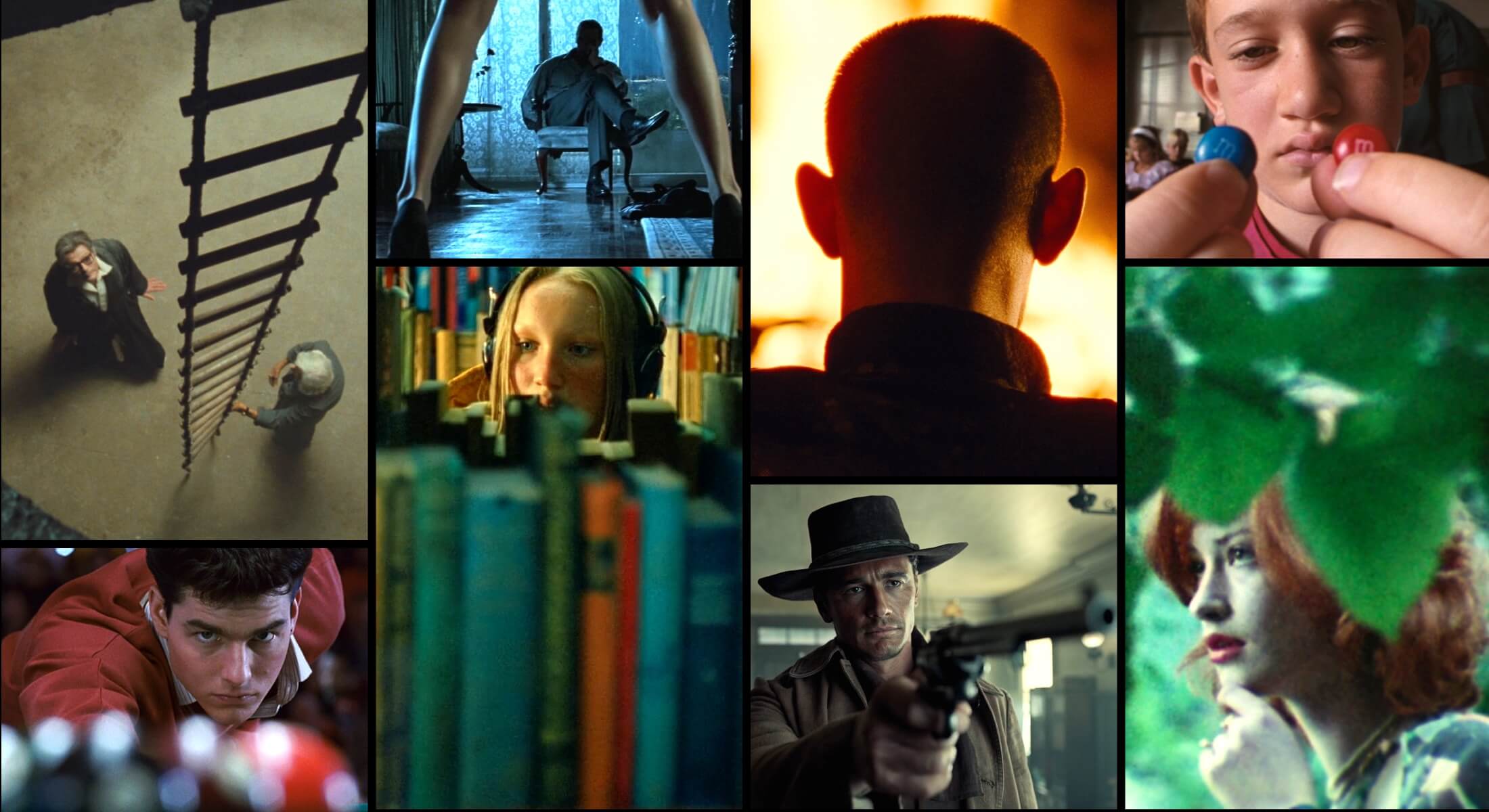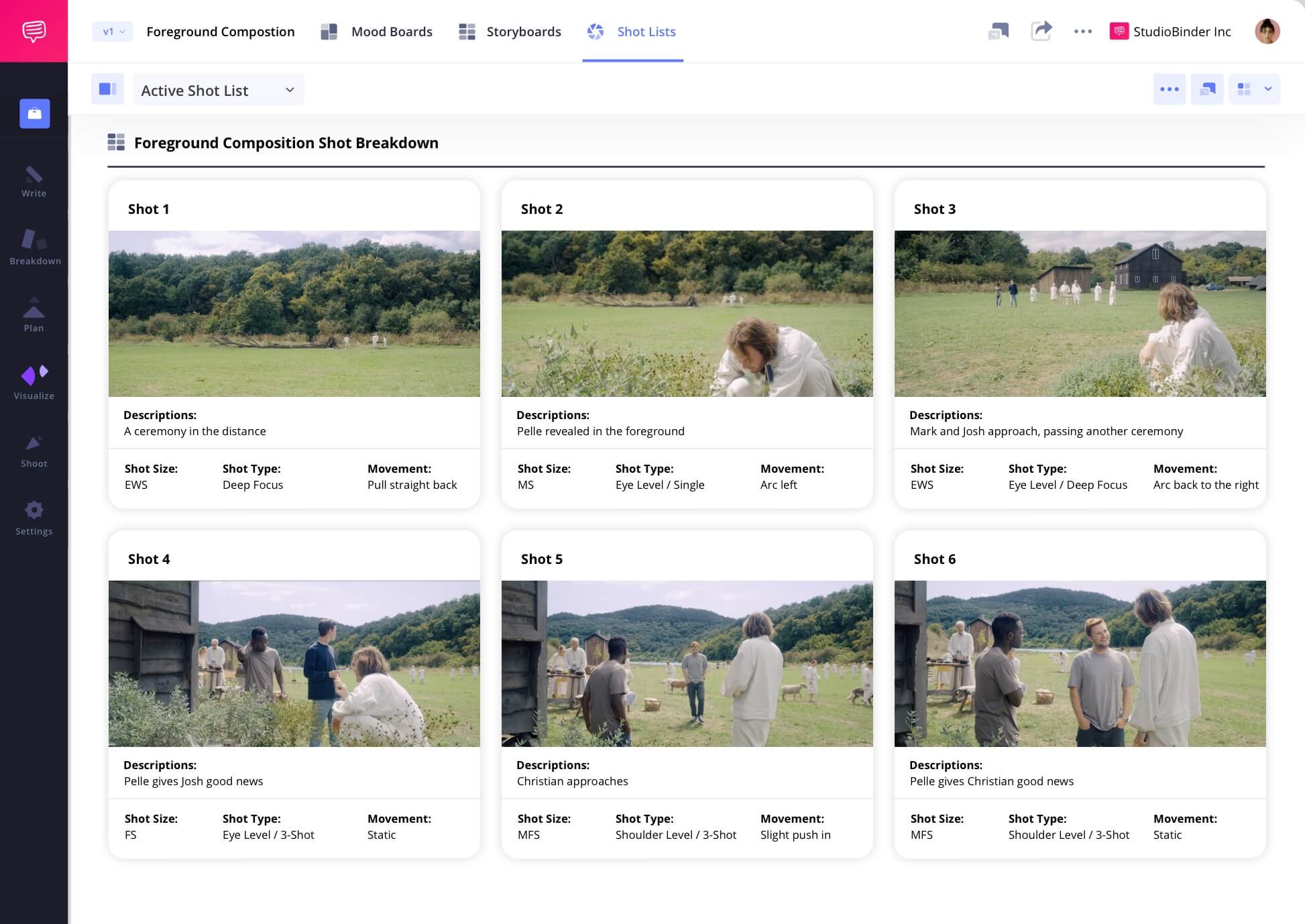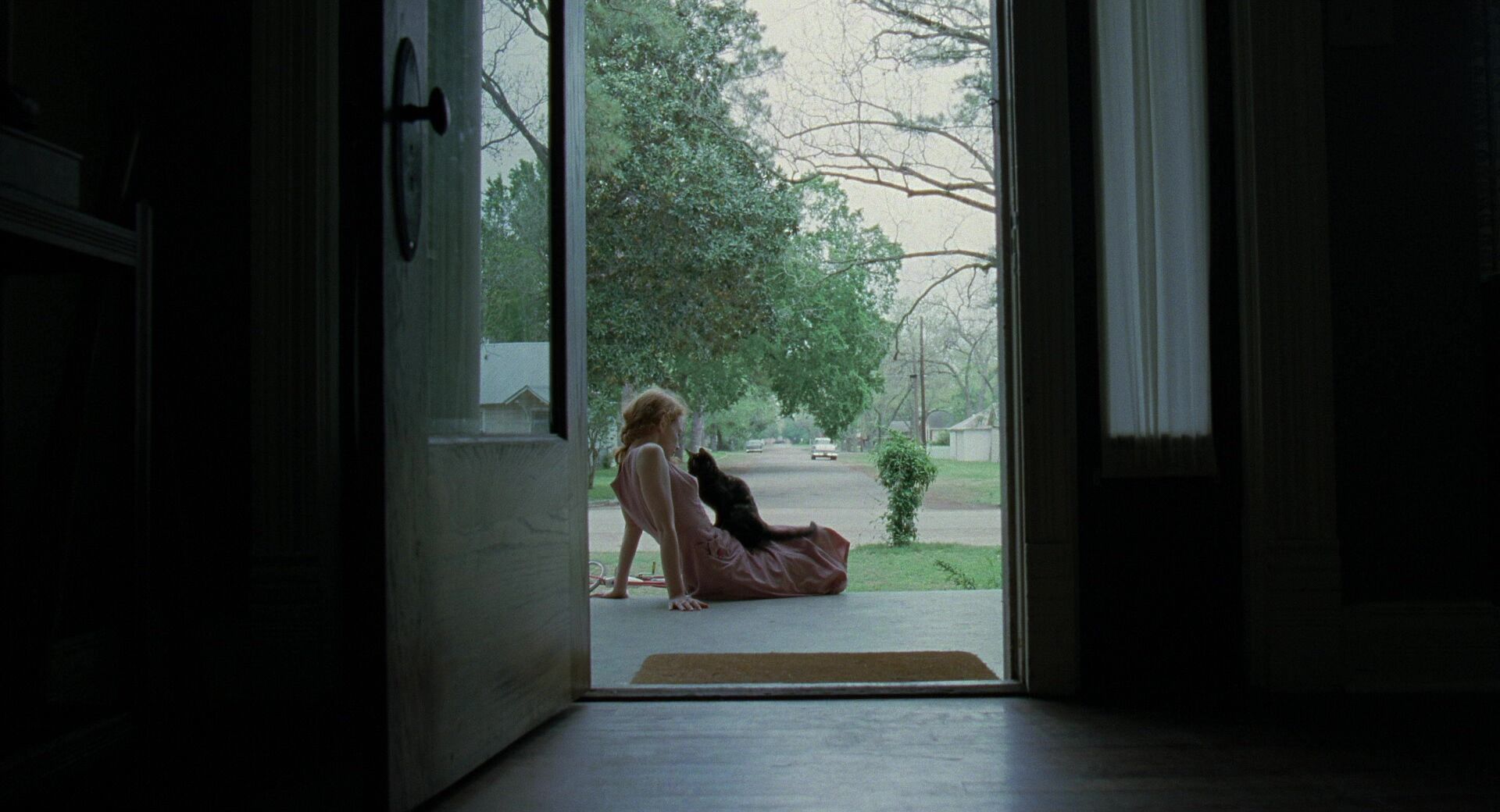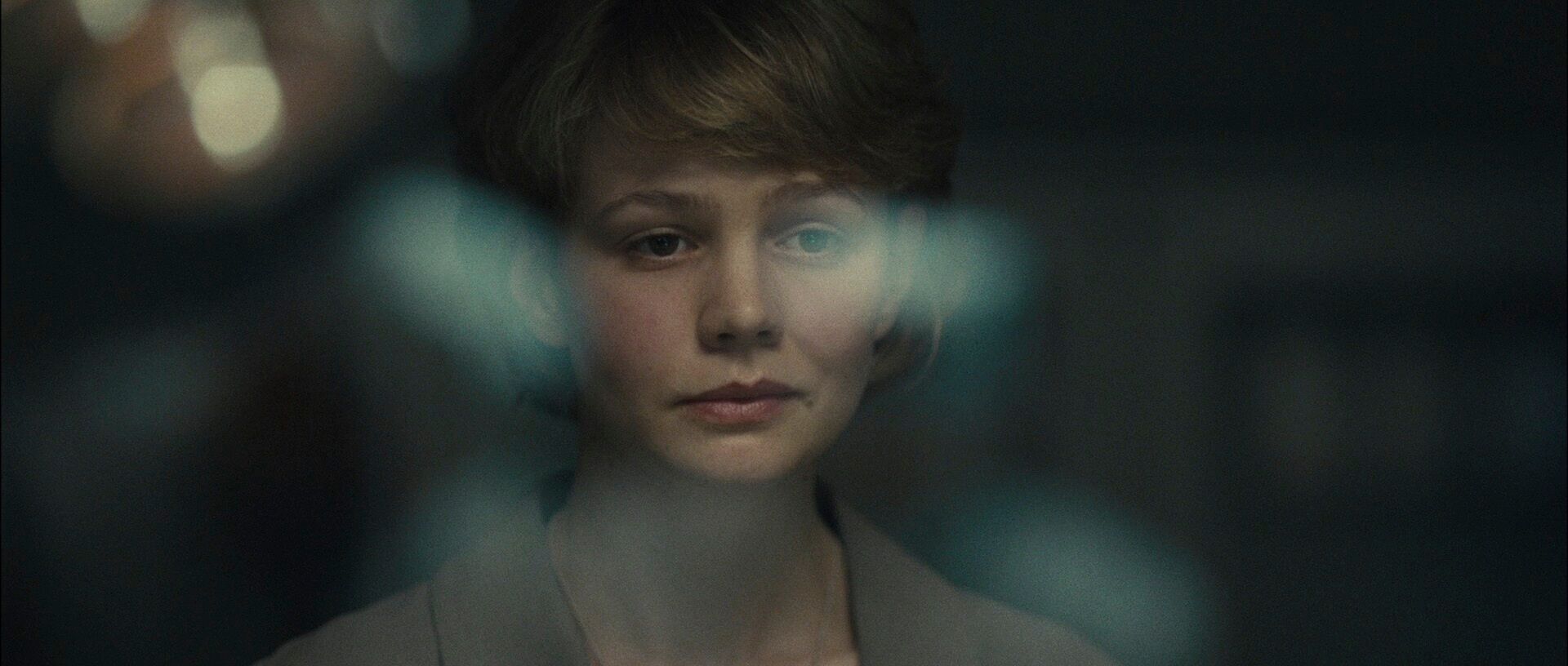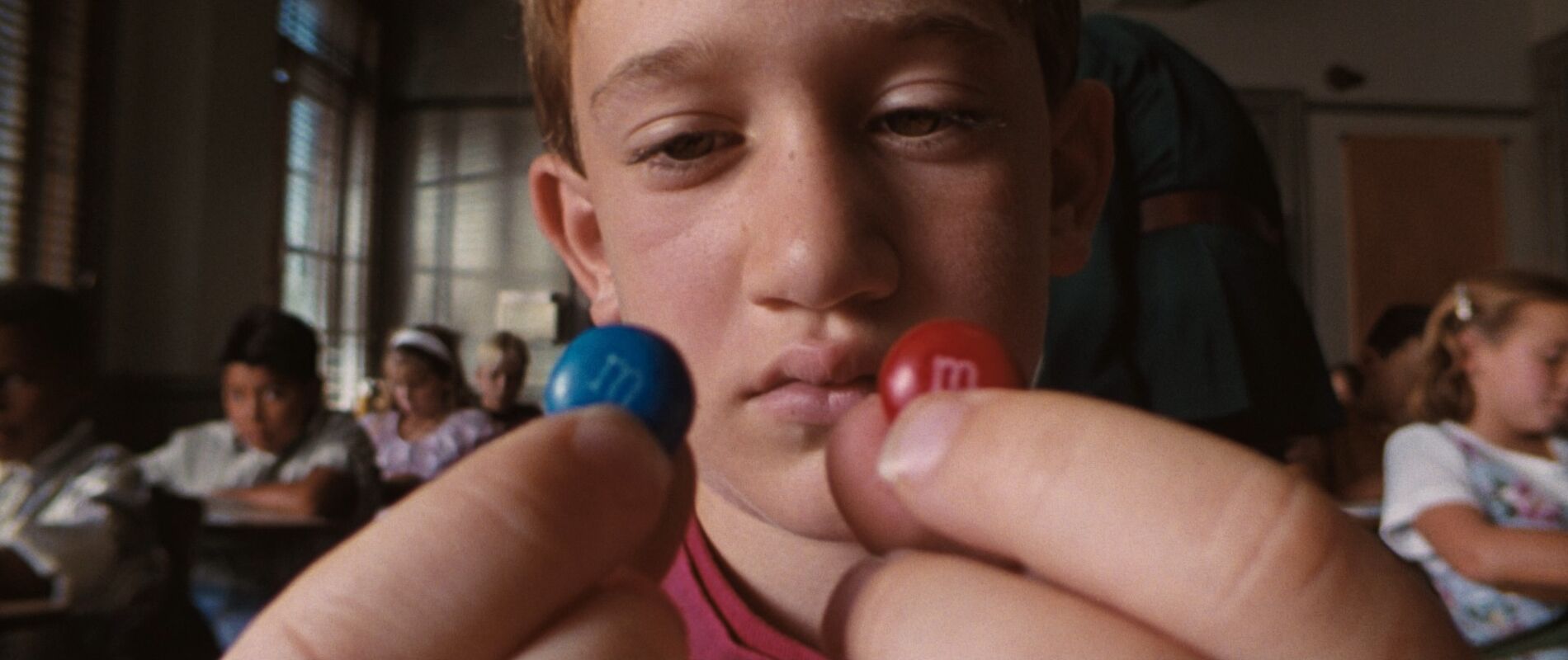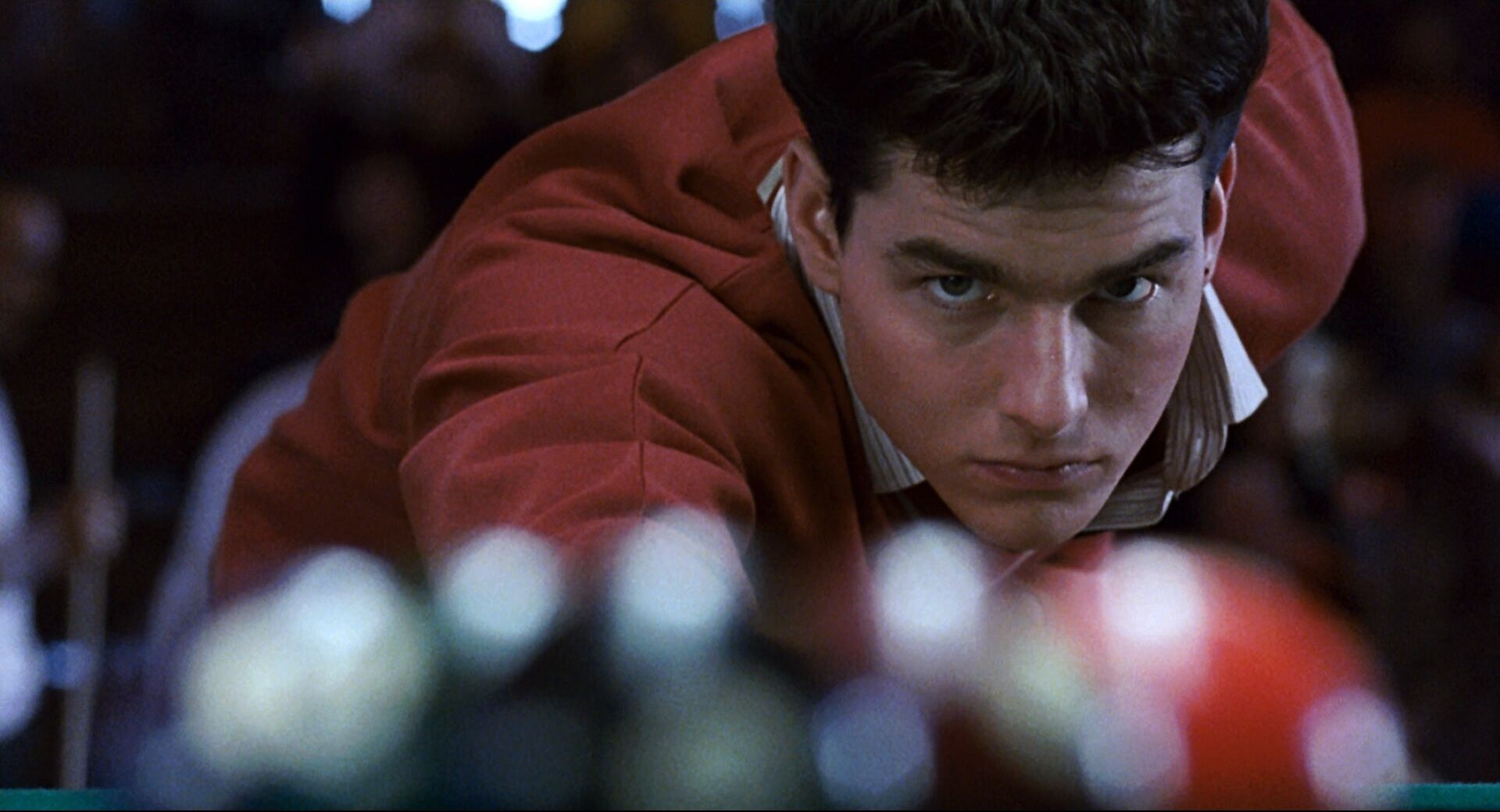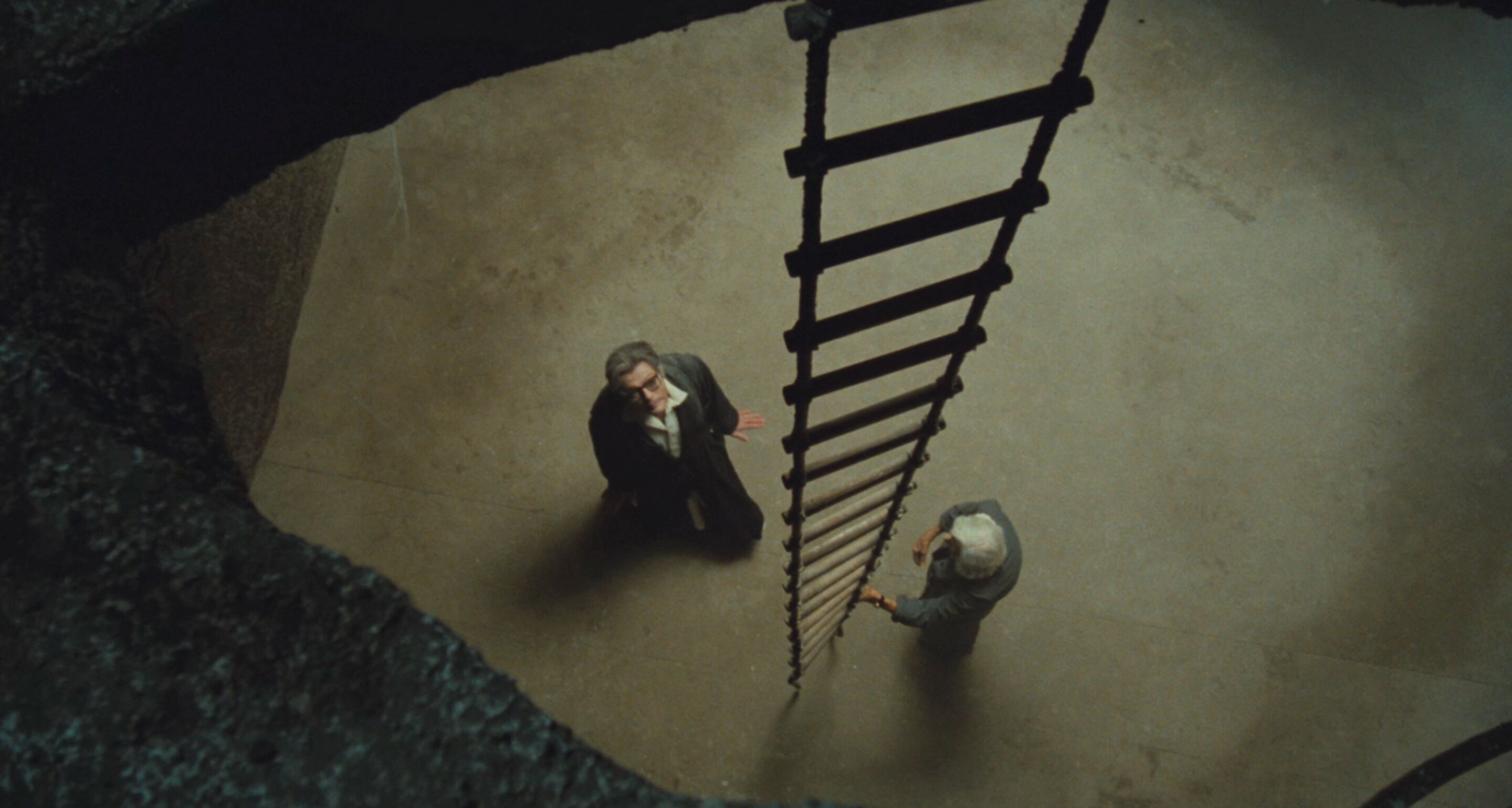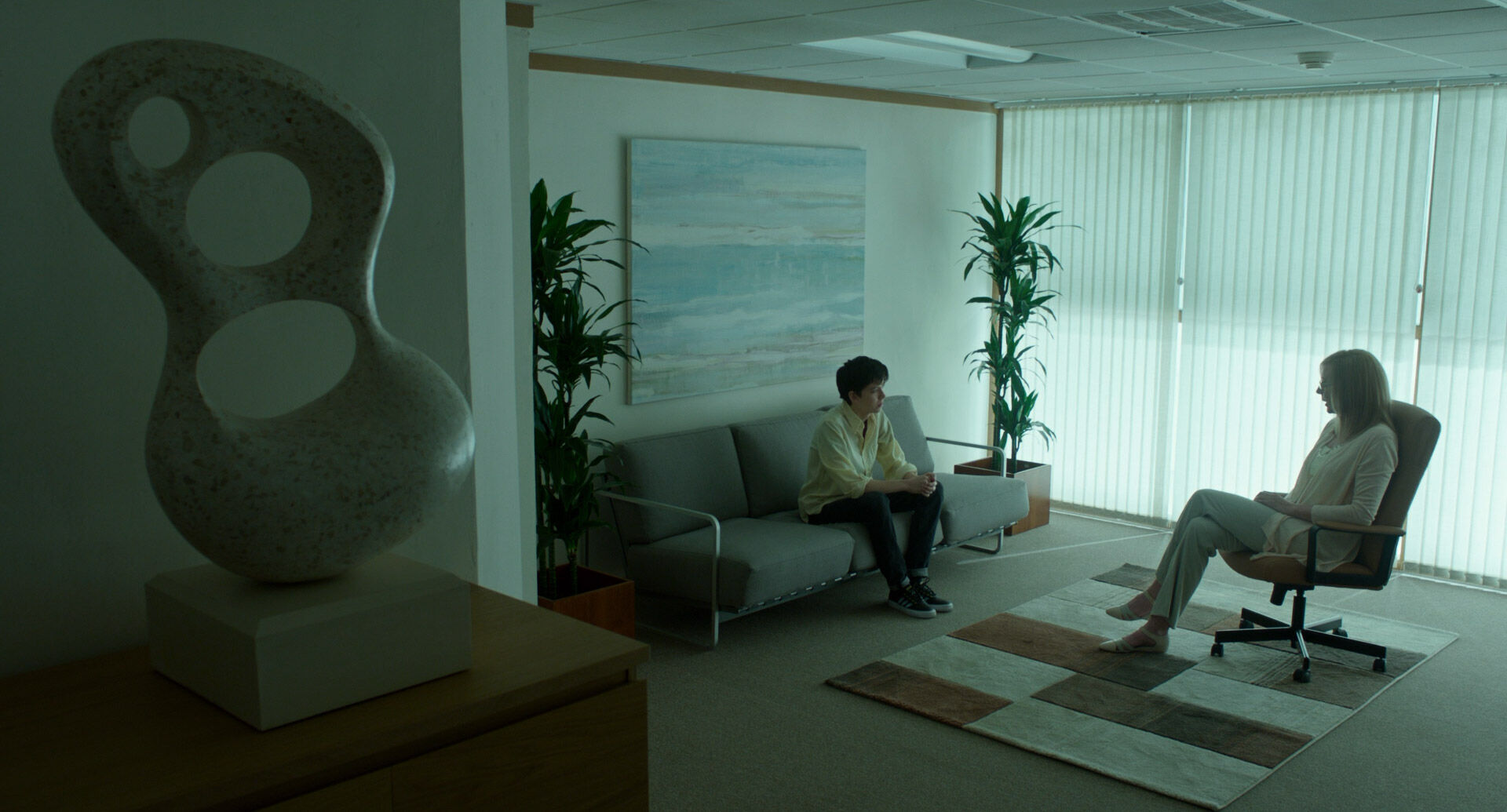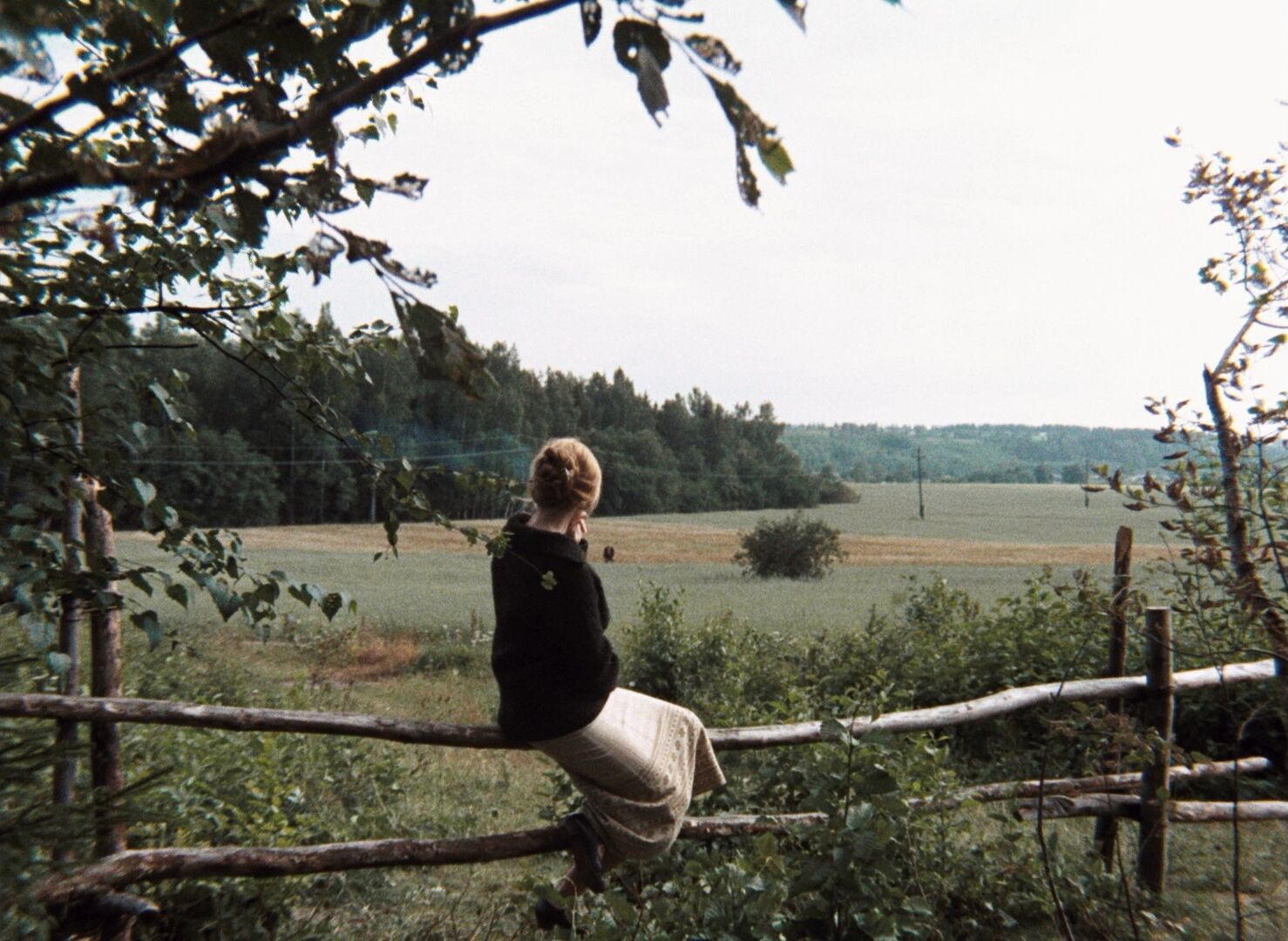home → Composition Techniques → Foreground
Foreground definition
What is the foreground?
Every frame in a film has a foreground and background. The foreground is the plane that appears closest to the camera. It most often includes the main subjects of the shot, but not always. It’s up to a filmmaker’s artistic license what to put in the foreground versus the background.
Check out our full guide to the foreground, with examples and breakdowns.
Image foreground
Foreground examples
It’s helpful to see the foreground in action before exploring how it operates within visual storytelling. Where you place objects and subjects in the frame has a direct impact on how the audience understands and interprets your imagery. Browse this curated selection of foreground shots to get a sense of their uses across films.
Framing
Depth
Mood
Symbolism
Uses
What does a foreground framing do?
Foreground framing is a technique in film where objects in the foreground are used to frame the subject in the background or midground. This serves several purposes:
Draws attention
The foreground is where the eye immediately goes, so filmmakers usually put the main subject of their shot there even if it's not the character.
Adds depth
Films and photographs are 2D mediums so the goal in both is to use foreground framing makes the scene feel more three-dimensional.
Creates mood
Foreground framing can add tension, isolation, or context. For example, placing characters at different distances creates a relationship between them.
Enhances composition
Foreground framing helps balance the visual elements in a shot and makes the image more dynamic, allowing the viewer's eye to explore.
Foreground
Foreground vs background
The foreground and background are the two visual layers seen in every shot. The foreground is closest to the camera. Usually, the filmmaker puts characters or key objects in the foreground. Meanwhile, the background is further from the camera, and it usually shows the environment or action that isn’t meant to be the main focus of the shot.

Case Study
Shot listing the foreground
In Ari Aster's Midsommar, he will often compose shots to include multiple "stories" at once. What's happening in the foreground is the main action but the background blocking and activity might contradict or complicate the overall effect. It also works on a storytelling level as a metaphor for what these characters see in front of them and ignore behind them.
Click the shot list below to take a closer look at the entire scene.
You can combine foreground framing with any type of shot you want to use, since all shots have foreground and background components.
Unexpected combos
How can you use a foreground shot with other camera techniques?
How to combine foreground framing
Foreground framing can be used with whatever type of camera shot you like:
- Close-up: In a close-up, most of the frame is foreground, which is good for shots that involve focusing on character emotion and where background is unimportant.
- Establishing shot: In establishing shots, the foreground can contain key elements that indicate setting. Maybe this is a sign in front of a building, or trees to demonstrate the characters are in the forest.
- Tracking shot: By slowly revealing the foreground, a filmmaker can create a sense of mystery.
- POV shot: Foreground shots can show character’s hands or clothing, which gives the viewer their POV.
Frequently asked questions about foreground
The foreground is the layer of the shot closest to the camera. Beyond it, objects and subjects can be placed in the middle ground or the background, creating a more dynamic image.
The foreground is what’s closest to the camera, while the background is what’s furthest away.
In art, like in film, objects in the foreground appear to be closest to the viewer, creating the illusion of depth.
The foreground helps filmmakers draw the viewer’s attention to what matters in the shot. The audience is naturally drawn to what's closer to them so it's an easy way to get us to pay attention to what the filmmaker wants us to see.
Foreground framing is when filmmakers put key characters or objects close to the camera. By doing so, they have created a "visual hierarchy" whereas the more important elements are "closer" and the less important elements are "further."
